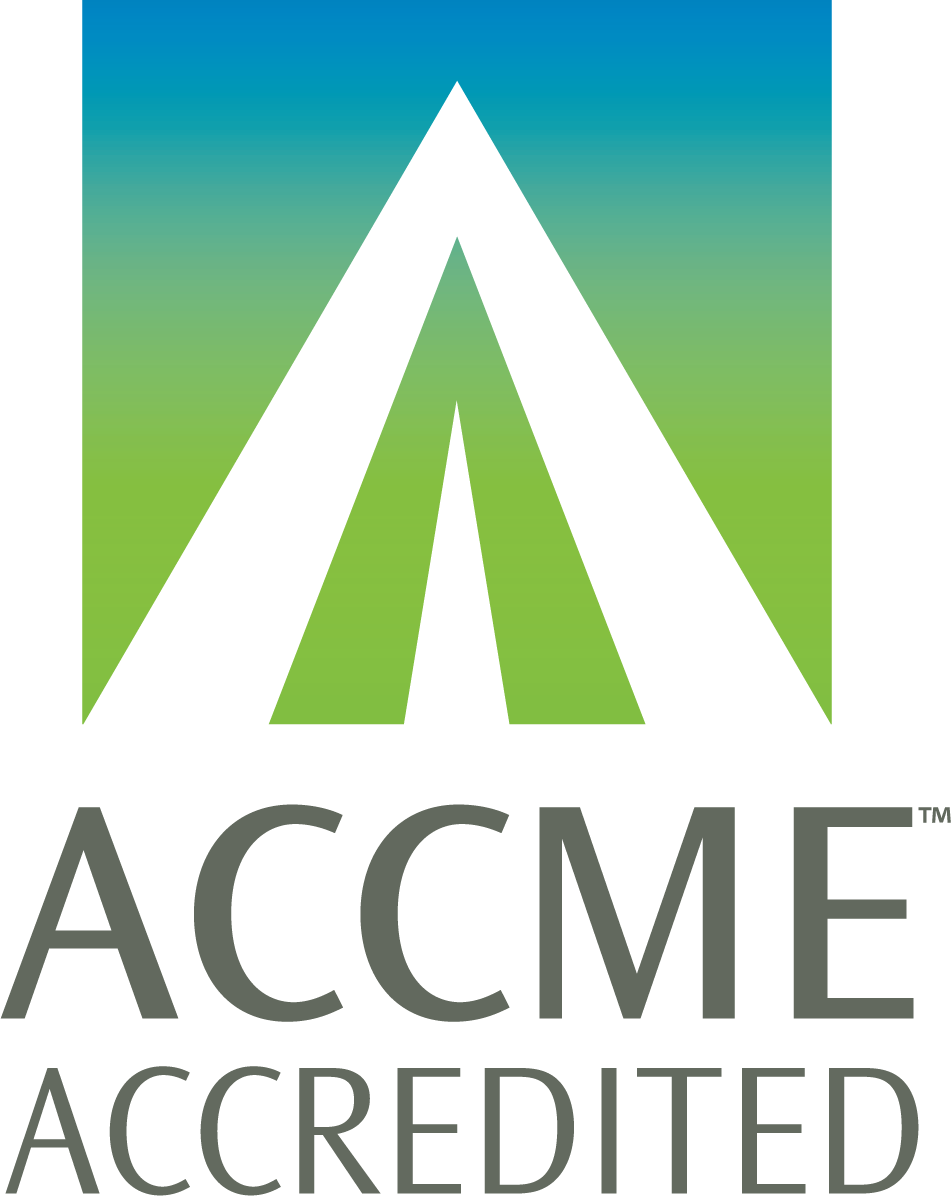 Video Courses
Video Courses Video Courses
Video Courses
At the present time, despite a lack of definitive evidence, it is generally accepted that restoration of a normal, or near normal, arterial oxygen status in a patient presenting with acute hypoxia will improve that patient’s outcome. In the conscious, self-ventilating, acutely hypoxic patient, this is achieved by administration of inhaled supplemental oxygen therapy. In such a patient, we must avoid the deleterious effects of excessive oxygen dosage. In the common subgroup of patients at risk of oxygen-induced hypercapnia, we restore the arterial oxygen status to near normal. Practitioners responsible for oxygen administration to patients must be able to 1) describe the normal oxygen status of the arterial blood, that is; the desired outcome of oxygen therapy 2) prescribe supplemental oxygen therapy based on an appropriate target oxygen saturation range defined by measurement of the SpO2 on pulse oximetry 3) identify patients at risk of hypercapnia induced or aggravated by oxygen therapy and 4) adjust the target oxygen saturation range accordingly. Furthermore, when monitoring a patient on supplemental oxygen therapy, the practitioner must be able to 1) interpret and react to significant changes in the patient’s SpO2 and 2) if it occurs, identify the onset of hypoventilation. This course addresses these performance needs.
Planner and Author: Dr John Seery MB PhD
Planner: Dr Karen Strahan PhD (University of Cambridge), Head of Editorial
Planner: Tommy O'Sullivan, CME Manager
5.0 hours
Upon successful completion of this activity, you will be able to:
15-JUN-2023
15-JUN-2026
Participants must complete the online activity during the valid period as noted above.
Follow these steps:
Acadoodle adheres to the ACCME's Standards for Integrity and Independence in Accredited Continuing Education. Any individuals in a position to control the content of a CE activity, including faculty, planners, reviewers or others are required to disclose all relevant financial relationships with ineligible entities (commercial interests). All relevant conflicts of interest have been mitigated prior to the commencement of the activity.
Planners and faculty for this activity have no relevant financial relationships with commercial interests to disclose.
O’Driscoll BR et al. Guideline for emergency oxygen use in adult patients. Thorax. 2008;63(Suppl 6):vi1-68.
https://thorax.bmj.com/content/63/Suppl_6/vi1.long
O’Driscoll BR et al. British Thoracic Society guideline for oxygen use in healthcare and emergency settings. BMJ. 2017;4:e000170. Doi:10.1136/bmjresp-2016-000170.
https://bmjopenrespres.bmj.com/content/4/1/e000170
Nitzan M et al. Pulse Oximetry: fundamentals and technology update. Medical Devices: Evidence and Research. 2014:7:231-9.
https://www.dovepress.com/getfile.php?fileID=20747
Collins JA et al. Relating oxygen partial pressure, saturation and content: the hemoglobin-oxygen dissociation curve. Breathe 2015;11:194-201.
https://breathe.ersjournals.com/content/11/3/194.short
Kane B et al. Emergency oxygen therapy: from guidelines to implementation. Breathe 2013;9:246-53.
https://breathe.ersjournals.com/content/9/4/246
Campbell EJM. Oxygen administration. Anaesthesia. 1963;18(4):503-6.
https://associationofanaesthetists-publications.onlinelibrary.wiley.com/doi/epdf/10.1111/j.1365-2044.1963.tb13575.x
Campbell EJM. Respiratory failure: The relation between oxygen concentrations of inspired air and arterial blood. Lancet. 1960;276(7140):10-11.
https://www.sciencedirect.com/science/article/abs/pii/S0140673660926593
Kelly C. Oxygen therapy: time to move on? Ther Adv Respir Dis. 2014;8(6):191-9.
https://journals.sagepub.com/doi/pdf/10.1177/1753465814549011
Kelly CA & Madden M. How do health-care professionals perceive oxygen therapy? A critical interpretive synthesis of the literature.
Chronic Resp Dis. 2015;12(1):11-23.
https://journals.sagepub.com/doi/full/10.1177/1479972314562408
Pretto JJ, Roebuck T, Beckert L, Hamilton G. Clinical use of pulse oximetry: Official guidelines from the Thoracic Society of Australia and New Zealand. Respirology. 2014:19:38-46.
https://pubmed.ncbi.nlm.nih.gov/24251722/
Tretter V et al. Investigating Disturbances of Oxygen Homeostasis: From Cellular Mechanisms to the Clinical Practice. Front Physiol. 2020;11:article
https://www.frontiersin.org/articles/10.3389/fphys.2020.00947/full
Clark FJ and von Euler C. On the regulation of depth and rate of breathing. J Physiol. 1972;222:267-295.
https://physoc.onlinelibrary.wiley.com/doi/epdf/10.1113/jphysiol.1972.sp009797
Shen et al. Impact of partial pressure of oxygen trajectories on the incidence of acute kidney injury in patients undergoing cardiopulmonary bypass. J Cardiol. 2022;79(4):545-50.
https://www.sciencedirect.com/science/article/abs/pii/S0914508721003087
Farquhar H et al. Systematic review of studies of the effect of hyperoxia on coronary blood flow. Am Heart J. 2009;158(3):371-7.
https://www.sciencedirect.com/science/article/abs/pii/S0002870309004608
Schjørring OL & Rasmussen BS. The paramount parameter: arterial oxygen tension versus arterial oxygen saturation as target in trials on oxygenation in intensive care. Crit Care. 2018;22:324-6.
https://ccforum.biomedcentral.com/articles/10.1186/s13054-018-2257-9
Jones G & Barker A. Reference Intervals. Clin Biochem Rev. 2008;29 (suppl 1):S93-7.
https://www.ncbi.nlm.nih.gov/pmc/articles/PMC2556592/
Lin J et al. The effects of gel-based manicure on pulse oximetry. Singapore Med J. 2019;60(8):432-5.
http://www.smj.org.sg/article/effects-gel-based-manicure-pulse-oximetry#:~:text=Pulse%20oximetry%20is%20the%20standard%20monitoring%20technique%20of,recent%20years%20due%20to%20their%20
Clowes GH et al. A comparison of the Physiological Effects of Hypercapnia and Hypoxia in Production of Cardiac Arrest.
Ann Surg. 1955; 142(3):456-59
https://www.ncbi.nlm.nih.gov/pmc/articles/PMC1465082/pdf/annsurg01282-0130.pdf
Echevarria C et al. Oxygen therapy and inpatient mortality in COPD exacerbation. Emergency Med J. 2021 38(3):170-7.
https://emj.bmj.com/content/38/3/170
Röttgering JG et al. Determining a target SpO2 to maintain PaO2 within a physiological range. PLOS ONE. 2021 Published online.
https://journals.plos.org/plosone/article?id=10.1371/journal.pone.0250740
McFadden ER. Acute Severe Asthma. Am J Resp Crit Care Med. 2003;168:740-59.
https://www.atsjournals.org/doi/full/10.1164/rccm.200208-902SO
Johnson AJ et al. Circumstances of death from asthma. BMJ 1984;288:1870-2.
https://www.ncbi.nlm.nih.gov/pmc/articles/PMC1441768/pdf/bmjcred00506-0020.pdf
Molfino NA et al. Respiratory Arrest in Near Fatal Asthma. NEJM. 1991;324:285-8.
https://www.nejm.org/doi/10.1056/NEJM199101313240502?url_ver=Z39.88-2003&rfr_id=ori:rid:crossref.org&rfr_dat=cr_pub%20%200www.ncbi.nlm.nih.gov
Barcroft J & King WOR. The effect of temperature on the dissociation curve of blood. J Physiol. 1909;39(5):374-84.
https://www.ncbi.nlm.nih.gov/pmc/articles/PMC1533669/
Adair GS et al. The Hemoglobin System: VI. The Oxygen Dissociation Curve of Hemoglobin. J Biol Chem. 1925;63(2):529-45.
https://www.sciencedirect.com/science/article/pii/S0021925818850189
Leow MKS. Configuration of the hemoglobin oxygen dissociation curve demystified: a basic mathematical proof for medical and biological sciences undergraduates. Adv Physiol Educ 2007; 31:198-201.
https://journals.physiology.org/doi/full/10.1152/advan.00012.2007
Yartsev A. The oxyhaemoglobin dissociation curve. Deranged Physiology.
https://derangedphysiology.com/main/cicm-primary-exam/required-reading/respiratory-system/Chapter%20112/oxyhaemoglobin-dissociation-curve
Wick KD et al. Pulse Oximetry for the diagnosis and management of acute respiratory distress syndrome. 2022.
https://pubmed.ncbi.nlm.nih.gov/36049490/
Ren S et al. Machine learning based algorithms to impute PaO2 from SpO2 values and development of an online calculator. 2022. Nature. Published online.
https://www.nature.com/articles/s41598-022-12419-7
Hooley J. Decoding the oxyhemoglobin dissociation curve. American Nurse Today. Published online.
https://www.myamericannurse.com/wp-content/uploads/2014/12/ant1-CE-Oxyhemogglobin-1219.pdf
Gillies IDS et al. Analysis of possible factors influencing PaO2 and (PAO2-PaO2) in patients awaiting operation. Br J Anaesth. 1977;49:427-37.
https://www.sciencedirect.com/science/article/pii/S0007091217454754
In addition, to their own studies, the authors review data published up to 1977 on the normal range of arterial oxygen tension.
Filley GF et al. Alveolar and arterial oxygen tensions and the significance of the alveolar-arterial oxygen tension difference in normal men. J Clin Invest. 1954;33(4):517-29.
https://www.ncbi.nlm.nih.gov/pmc/articles/PMC1087266/
Cerveri I et al. Reference values of arterial oxygen tension in the middle-aged and elderly. Am J Respir Crit Care Med. 1995;152(3):934-41.
Higgins C. Adult reference Intervals for blood gas. acutecaretesting.org. 2012. Published online.
https://acutecaretesting.org/en/journal-scans/adult-reference-intervals-for-blood-gases
Klaeustrup E, Trydal T, Pedersen JF, Larsen JM, Lundbye-Christensen S, Risom Kristensen S. Reference intervals and age and gender dependency for arterial blood gases and electrolytes in adults. Clin Chem Lab Med. 2011;49(9):1495-500.
No national guidelines at the time of writing (2023).
O’Driscoll BR et al. British Thoracic Society guideline for oxygen use in healthcare and emergency settings. BMJ. 2017;4:e000170. Doi:10.1136/bmjresp-2016-000170.
https://bmjopenrespres.bmj.com/content/4/1/e000170
Beasley R et al. Thoracic Society of Australia and New Zealand oxygen guidelines for acute oxygen use in adults: ‘Swimming between the flags’. Respiriology 2015;20:1182-91.
Siemieniuk RAC et al. Oxygen Therapy for acutely ill medical patients: a clinical practice guideline. BMJ 2018
https://www.bmj.com/content/363/bmj.k4169.long
Butler M et al. Irish guidelines on the administration of oxygen therapy in the acute clinical setting in adults in 2017.
https://irishthoracicsociety.com/wp-content/uploads/2017/12/O2-Guidelines-Final.pdf
Includes useful review of the evidence underlying guidelines on supplemental oxygen therapy.
Gottlieb J et al. German S3 Guideline: Oxygen Therapy in the Acute care of Adult Patients. Respiration 2022;101:214-52.
https://www.karger.com/Article/FullText/520294
Includes useful review of the evidence underlying guidelines on supplemental oxygen therapy.
Allardet-Sevent J et al. Benefits and risks of oxygen therapy during acute medical illness: Just a matter of dose! Rev Med Interne 2019;40(10):670-6.
Collins JA et al. Relating oxygen partial pressure, saturation and content: the hemoglobin-oxygen dissociation curve. Breathe 2015;11:194-201.
https://breathe.ersjournals.com/content/11/3/194.short
Yartsev A. The oxyhaemoglobin dissociation curve. Deranged Physiology.
https://derangedphysiology.com/main/cicm-primary-exam/required-reading/respiratory-system/Chapter%20112/oxyhaemoglobin-dissociation-curve"
Whyte MB & Kelly P. The normal range: it is not normal and it is not a range. Postgrad Med J. 2018.;94(1117). Published online.
https://www.ncbi.nlm.nih.gov/pmc/articles/PMC6352401/
Nitzan M et al. Pulse Oximetry: fundamentals and technology update. Medical Devices: Evidence and Research. 2014:7:231-9.
https://www.dovepress.com/getfile.php?fileID=20747
Bleetman D. British Thoracic Society guidelines on emergency oxygen therapy for adults. Journal of paramedic practice. Nov 4 2011.
https://www.paramedicpractice.com/opinion/article/british-thoracic-society-guidelines-on-emergency-oxygen-therapy-for-adults
Interesting take on why patients come into hospital on high levels of oxygen therapy.
Barnett A et al. Thoracic Society of Australia and New Zealand Position Statement on Acute Oxygen Use in Adults: ‘Swimming between the flags. Respiriology. 2022;27(4):262-76.
https://onlinelibrary.wiley.com/doi/10.1111/resp.14218
Nath S et al. An audit of supplemental oxygen prescribing practices in an inpatient setting and its financial burden. Eur Resp J. 2018;52(suppl 62).
https://erj.ersjournals.com/content/52/suppl_62/PA3160
Fu ES et al. Supplemental oxygen impairs detection of hypoventilation by pulse oximetry. Chest 2004;126(5):1552-8.
https://pubmed.ncbi.nlm.nih.gov/15539726/
Downs JB. Has oxygen administration delayed appropriate respiratory care? Fallacies regarding oxygen therapy. Respir Care. 2003;48:611-20.
https://rc.rcjournal.com/content/48/6/611.short
Echevarria C et al. Oxygen therapy and inpatient mortality in COPD exacerbation. Emergency Med J. 2021 38(3):170-7.
https://emj.bmj.com/content/38/3/170
Rothwell RP et al. Lessons from the national asthma mortality study: deaths in hospital. NZ Med J. 1987;100(821):199-202.
https://pubmed.ncbi.nlm.nih.gov/3455478/
(abstract) no online access to article
Illustrative arterial blood gas results were constructed in part using on online calculator produced by Weill Medical College of Cornell University.
http://www-users.med.cornell.edu/~spon/picu/calc/basecalc.htm
Useful material and insights were provided by my team at the time of writing. Thanks to Dr Seamas Lehane and Dr Ibraham Eyad.

Acadoodle, Ltd is accredited by the Accreditation Council for Continuing Medical Education (ACCME) to provide continuing medical education for physicians.
Acadoodle, Ltd designates this enduring material activity for a maximum of 5.0 AMA PRA Category 1 Credits™. Physicians should claim only the credit commensurate with the extent of their participation in the activity.
DisclaimerPrivacy PolicyTerms of UseData Deletion© Acadoodle 2025